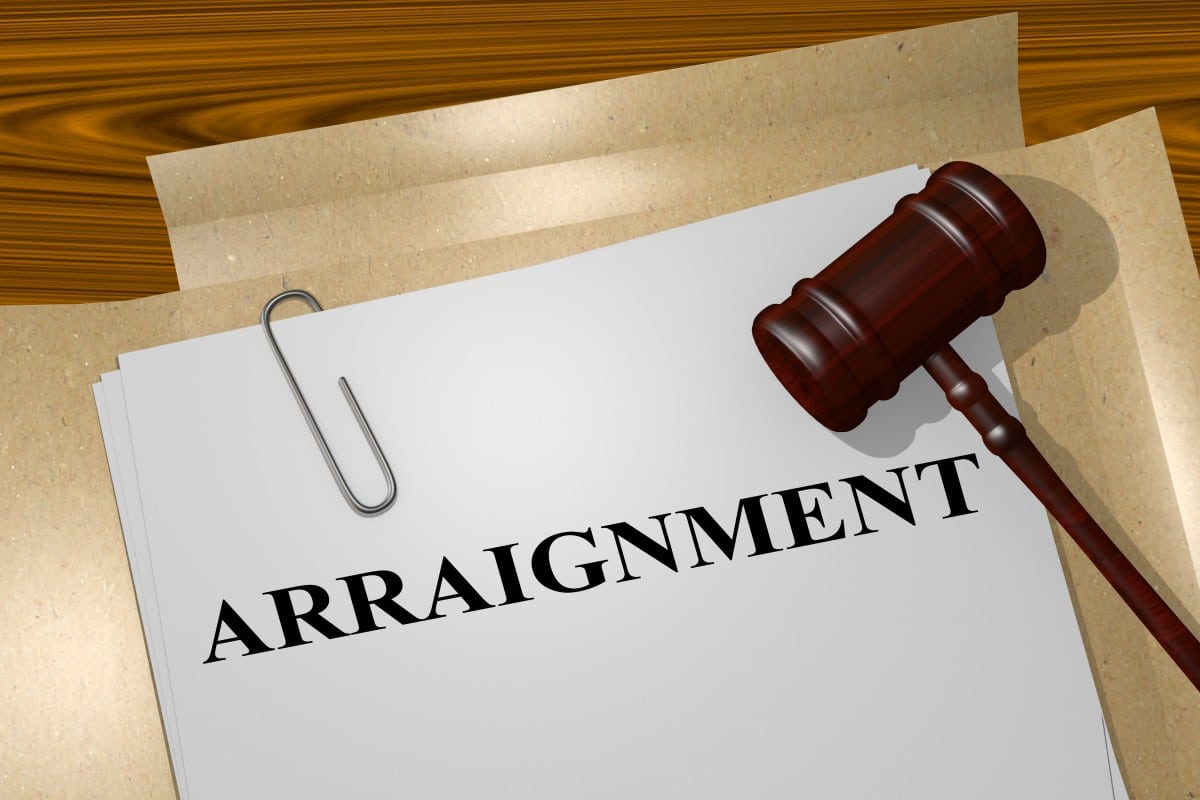What Happens at a Criminal Arraignment?
Facing criminal charges can be incredibly stressful and uncertain. You may have many questions about the legal process and your rights as a defendant. A key first step is understanding what happens at an arraignment hearing.
An arraignment is typically the first court appearance after being arrested or charged with a crime in Missouri. It marks the start of criminal proceedings. This initial hearing is your opportunity to hear the formal charges against you and enter a plea before the court.
Gaining clarity on the arraignment process can help you navigate this complex and high-stakes phase of your criminal case.
What is the Purpose of an Arraignment Hearing?
An arraignment has two main functions:
- To inform the defendant of the charges against them
- To receive the defendant’s initial plea
The judge will read the defendant’s rights and the details of the criminal complaint listing the charges. Then, the judge will ask the defendant to enter a plea of “guilty,” “not guilty,” or “no contest.”
Courts usually schedule arraignments shortly after an arrest or filing of charges – often the defendant’s first court date. For those held in custody, arraignments must occur within 48 hours.
While the prosecution may outline their basic case facts, arraignments do not involve determining guilt or hearing evidence. Their purpose is to initiate the legal proceedings and determine the next steps.
When Does the Arraignment Take Place?
Missouri law requires an arraignment within 48 hours of the arrest for those arrested and held in custody. Otherwise, arraignments typically occur at the first court date following the filing of charges, often within a few weeks.
Defense attorneys may choose to waive the arraignment hearing under Missouri statute 544.270 in misdemeanor cases. This avoids the need for the defendant to appear in court.
However, for felony charges, the defendant must appear in person. The arraignment date and time will be noted on the summons they receive after criminal charges are filed.
Walkthrough of the Arraignment Process
While specific procedures can vary, the arraignment process generally includes:
- Courtroom Administration: The defendant checks in with the court clerk and takes a seat in the courtroom gallery until their case is called. The judge enters, and the bailiff announces the case.
- Reading of Rights and Charges: The judge informs the defendant of their constitutional rights, including the right to an attorney and to remain silent. Then, the criminal complaint, listing the formal charges against the defendant, is read.
- Explanation of Alleged Facts: The prosecutor may take this chance to summarize their basic case facts and evidence that support the charges.
- Entering a Plea: The judge will ask the defendant to enter a plea – guilty, not guilty, or no contest. Over 95% of defendants initially plead “not guilty,” so the case may proceed to the next steps like setting bail.
- Setting Bail or Release Conditions: Except for minor charges, the judge will decide bail requirements, such as bail amount, supervised release, no-contact orders, etc., that facilitate the defendant’s release from custody pending trial.
Afterward, the case may be scheduled for upcoming court dates like a preliminary hearing.
What Rights Does a Defendant Have at Arraignment?
As a defendant, some of your key rights include:
- Right to an Attorney: You have the right to hire a criminal defense attorney or have one appointed if you cannot afford representation.
- Right Against Self-Incrimination: You have the right to remain silent and not make statements that could incriminate you.
- Right to Know the Charges: You have the right to hear the charges against you and receive them in writing.
- Right to a Jury Trial: For serious criminal charges, you have the right to a trial in front of a jury.
If at any point you do not understand the arraignment process or feel overwhelmed navigating the justice system, be sure to invoke your right to counsel so an experienced defense lawyer can guide you.
What Happens After the Arraignment Hearing?
What happens next depends on the plea entered and other factors like:
- Not Guilty Plea – For a not guilty plea, the case proceeds to the pre-trial phase, involving evidence sharing, negotiations, and possibly a jury trial.
- Guilty Plea – A guilty plea ends the trial process. The judge orders a presentence investigation report and later holds a sentencing hearing.
- No Contest Plea – This plea accepts punishment without admitting guilt. The judge finds the defendant guilty based on evidence and also proceeds to sentencing.
Other common next steps include meeting with your defense attorney, plea bargaining with the prosecution, and appearing at preliminary hearings.
As your legal representation, a skilled defense lawyer will guide you through all phases of the criminal justice process that follows the arraignment.
Work With a Trusted Missouri Criminal Defense Team
Facing criminal allegations can be daunting. But with an experienced legal advocate, you can better understand proceedings like arraignments and field tough prosecutor questions.
The defense lawyers at Rose Legal Services have represented client interests in Missouri courts for over 20 years. We offer compassionate guidance and vigorous representation so you don’t have to deal with charges alone.
To discuss your case and options with our legal team, call Rose Legal Services at 314-462-0200 or initiate a free case review online to get started today.
Stay in touch to get more updates & news on Discover Tribune!






